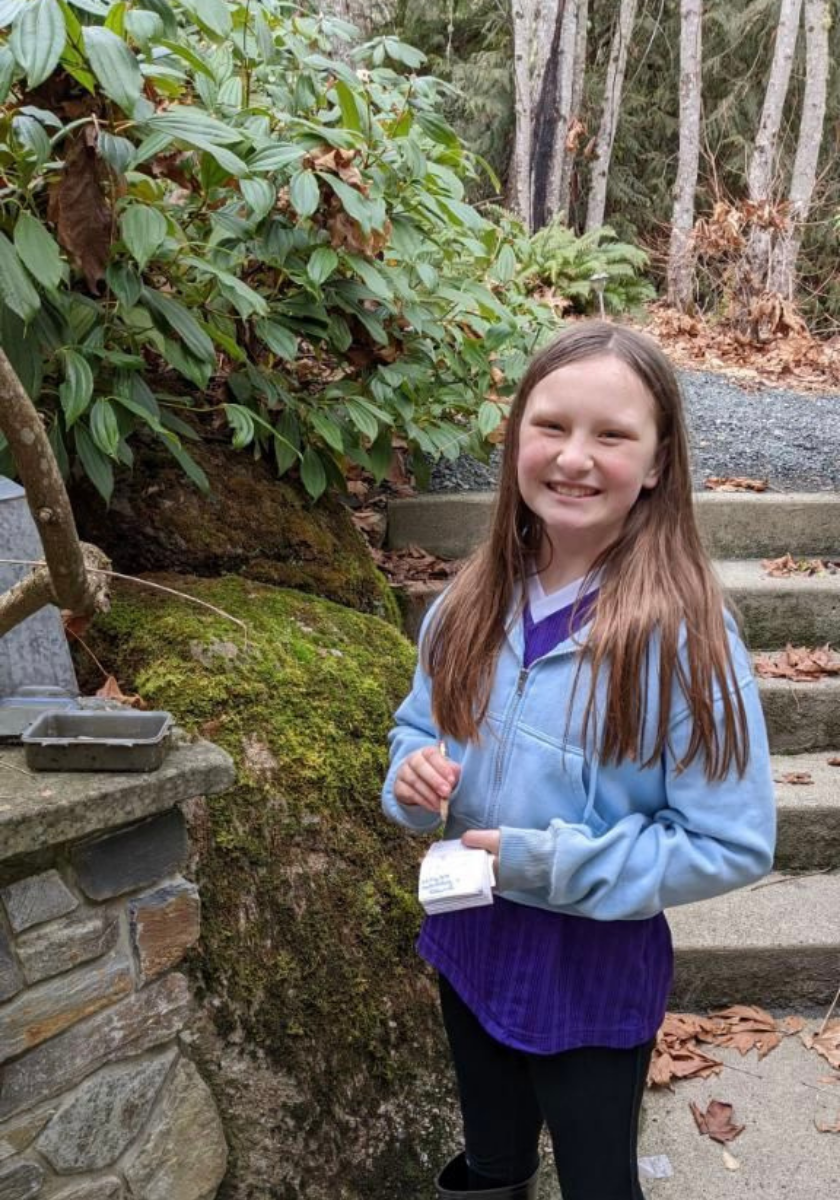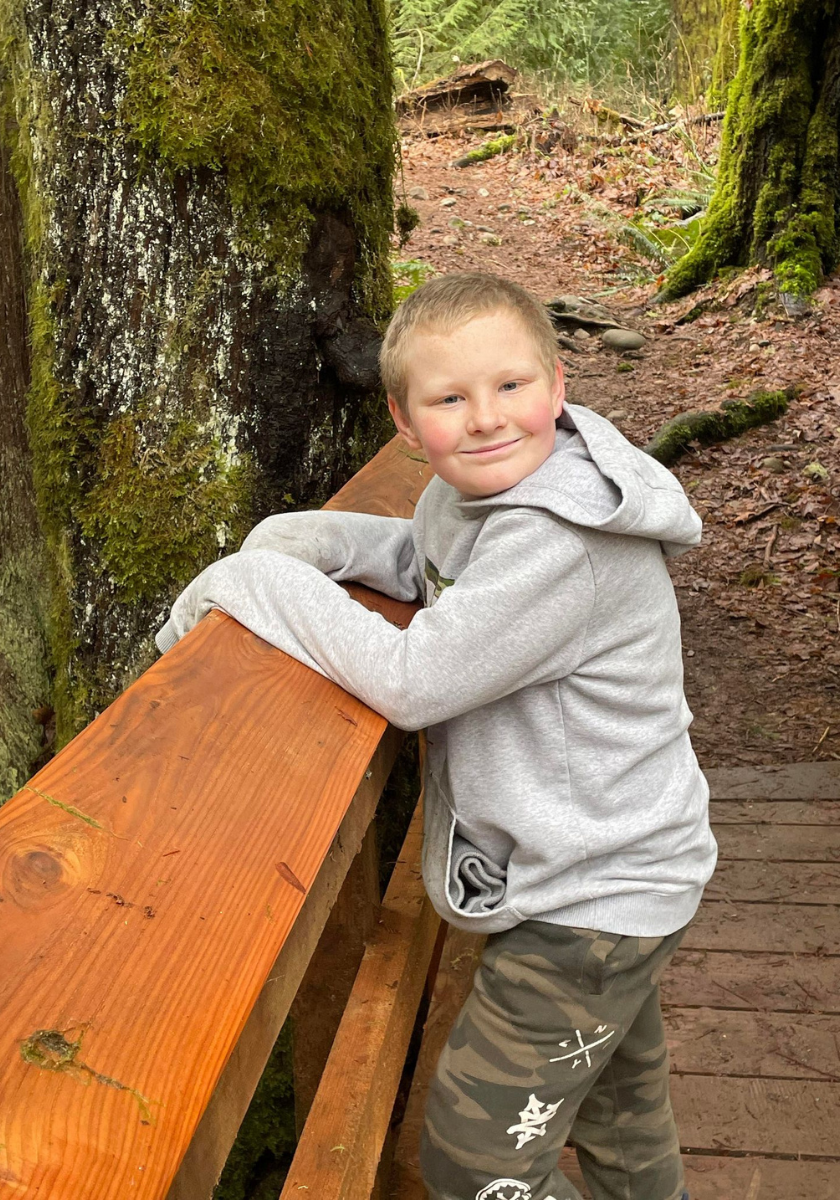You have probably heard of Geocaching before, but do you really know what it’s all about? Geostashing, as it was originally called, started in Oregon in 2020, and has evolved into what we know today as geocaching. Geocaching is not as complex as the name suggests, it’s simply a treasure hunt to find hidden stashes or objects. It’s like hide and seek, using a modern day treasure map. These treasures are usually hidden outside, but in big cities that is not always the case. Geocaching has caught on all over the world, so no matter where you live or travel to, there will most likely be plenty to hunt for.
So you are probably wondering where you find this elusive treasure map? Well no worries, there will be no old stained map hidden in a glass bottle to find and flatten back out, aged, weather worn and barely legible. Instead, geocaching uses GPS, or global positioning system, to track the treasures, sometimes with hints from the hider to help you along the way. There are often comments from those who have already found the elusive gem, which sometimes elude to issues or ease, so reading them can be helpful if you are struggling.
 |  |
So what is it you are actually looking for? Well let’s talk about these treasures, or caches as they are called in this case. The caches usually consist of two or three parts; a waterproof container, a log book of those who have visited the cache, and then some contain a treasure. Sadly, we aren’t normally talking about a massive hidden treasure, like the ones at the bottom of the ocean, from ships that sank in days gone by. These treasures are often in a little metal box or plastic container, and can range from a metal trinket to a rubber ball, or even a special geocoin. Some caches simply have a log to sign, stating you were there and the date you found it, the treasure alone being the hunt. A geocoin is a special metal medallion or trinket, made by the geocaching organization or individuals, and while they have no real monetary value, there is often only one for the FTF (first to find)! So these geocoins can be held in great regard.
I tried Geocaching for the first time about 8 years ago with my brother, and we had a blast. At the time my kids were too young, and I kind of forgot about it for years. Well with so much still on lockdown from COVID, and the kids getting antsy from being cooped up in the house, I decided it was time to get back outside. We just moved back to the area where I used to Geocache with my brother, and with my kids a much better age now, I decided this was the perfect time to try it out. Our twins are 11 and they love to hike, so Geocaching is the perfect combination. What's better than hide and seek and hiking to get you outdoors and burning off some energy.
 |  |
So you are probably wondering what age range geocaching is good for. These caches range from nice and simple finds, where you can pretty much walk right up and get the cache, which is perfect for beginners and those with younger children, to elusive caches that require solving all kinds of puzzles and riddles to get the coordinates. Some caches are so elusive that they bring grown men to their knees trying to find them. For those with mobility issues, there are even drive-up caches, called cache and dash, but most do require a bit more of a walk.
Many provincial parks or recreational organizations participate in their own geocaching events, to encourage families to get outside and get active. If you live in a close knit community or neighborhood, a geocaching block party would be a great way to have some fun or even a geocaching birthday party with kids out hunting for prizes!
I have noticed, since we took geocaching up a few weeks ago, that a few of the caches we found had been neglected or were no longer there. I am not sure if this is a winter issue, or if geocaching has kind of fallen to the wayside a bit, and needs a revival. So we decided that on top of building some geocaches to hide ourselves, we will take extra supplies when we go geocaching so we can try to repair any that may need it. With spring and summer coming, we want to make sure that everyone can have as much fun with geocaching as we are. There is nothing worse than all that excitement building up, and then when you find the geocache it’s wet or empty.
Make sure you follow along on social media, as we post our geocaching adventures. And check out our list below, on supplies and ideas to make your own. We managed to find all our stuff at the dollar store, and we can’t wait to hide them! You never know, you may find one of ours. We have provided the link for the official Geocaching website, where you can get more information and download the app. Happy Hunting!!
 |  |
SUPPLIES TO BUILD YOUR OWN GEOCACHE: Visit our Instagram Reel HERE
- water tight container (plastic from Dollar store with screw lid)
- notebook (3 in a pack at Dollar store)
- pen (10 in pack at Dollar store)
- trinkets (stickers, rubber balls, plastic animals, fun erasers, the list is endless).
- FTF (first to find prize such as a geocoin or something special for your area, we included Canada keychains and lanyards)
Follow us on INSTAGRAM and FACEBOOK
OFFICIAL GEOCACHING WEBSITE: https://www.geocaching.com/play/search


